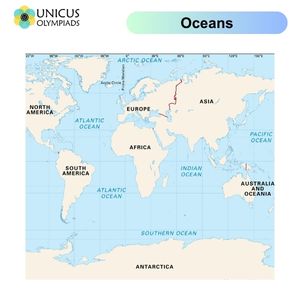

Bodies of water are crucial for sustaining life on Earth, from oceans that cover much of the planet to small, isolated lakes and seas. Water bodies vary greatly in size, from vast expanses like oceans to tiny, almost imperceptible streams. In this section, we will explore the biggest and smallest bodies of water across the globe.
The largest bodies of water on Earth are oceans and seas, which are essential for climate regulation, transportation, and ecosystems. These bodies of water are vast and cover most of the planet's surface.
The Pacific Ocean is the largest and deepest body of water on Earth, covering more than one-third of the Earth's surface.
The Atlantic Ocean is the second-largest ocean, situated between the Americas to the west and Europe and Africa to the east.
The Indian Ocean is the third-largest ocean, located between the eastern shores of Africa, southern Asia, and Australia.
The Southern Ocean, also known as the Antarctic Ocean, surrounds the continent of Antarctica and is the fourth-largest ocean on Earth.
The Arctic Ocean is the smallest and shallowest of the world's oceans, located around the Arctic region at the northernmost point of the Earth.

Some of the smallest bodies of water on Earth include isolated lakes, ponds, and seas. These water bodies may not cover vast expanses of land, but they are equally important for local ecosystems and wildlife.
Lake Poso is a small freshwater lake located on the island of Sulawesi in Indonesia.
Lake Titicaca is the largest freshwater lake by volume in South America, located in the Andes on the border of Peru and Bolivia.
The Dead Sea, located between Israel and Jordan, is famous for being one of the saltiest bodies of water in the world.
Lake Baikal, located in Siberia, Russia, is the world’s deepest freshwater lake and one of the oldest.
While not technically a sea, The Caspian Sea is the largest enclosed inland body of water in the world, bordered by five countries.